A bold B1G finish for my team requires a bold wine to celebrate with. Heads up, I'm actually finishing wine I've opened to celebrate, but I'm recommending a favorite.
2 Lads Winery is one of my favorite wineries in northern Michigan (I even got to work there for a few weekends last summer) and although I'm not doing a tasting of their 2013 Pinot, I can guarantee what they say is true.
2 Lads specializes in growing unique and memorable cool-climate reds. The 2013 season was a great vintage and the wine in this bottle reflects that. There are five different Pinot clones, so there's complexity, too.
Stick the 2012 and 2013 Pinot Noir and other Michigan reds to your California-obsessed friends who don't think Michigan wineries can hack it, and to those really annoying people who 'only drink reds' regardless of the food pairing. These ones have style, power, and show the zenith of what's possible here.
As many Pinots will, this one gives a nose of ripe strawberry and cherry. There's also a hint of rose petal and vanilla from the 10 month oak aging. The oak is second and third fill, so the tamer oak tannins should make this one lighter than some of the other styles 2 Lads has. On the palate, this has vanilla and baked cherry pie. It's recommended to have with earthy and meaty dishes, I'm thinking venison steak and wild boar shoulder. Mushroom dishes are called for as well. This one will drink well through 2018.
Kudos to my friend Kate who sent me the specifics sheet on this - I know it's a great wine, but my taste memory of it is long gone and I didn't record it. This is why we do deductive tastings and take notes, friends.
2 Lads Winery is one of my favorite wineries in northern Michigan (I even got to work there for a few weekends last summer) and although I'm not doing a tasting of their 2013 Pinot, I can guarantee what they say is true.
2 Lads specializes in growing unique and memorable cool-climate reds. The 2013 season was a great vintage and the wine in this bottle reflects that. There are five different Pinot clones, so there's complexity, too.
Stick the 2012 and 2013 Pinot Noir and other Michigan reds to your California-obsessed friends who don't think Michigan wineries can hack it, and to those really annoying people who 'only drink reds' regardless of the food pairing. These ones have style, power, and show the zenith of what's possible here.
As many Pinots will, this one gives a nose of ripe strawberry and cherry. There's also a hint of rose petal and vanilla from the 10 month oak aging. The oak is second and third fill, so the tamer oak tannins should make this one lighter than some of the other styles 2 Lads has. On the palate, this has vanilla and baked cherry pie. It's recommended to have with earthy and meaty dishes, I'm thinking venison steak and wild boar shoulder. Mushroom dishes are called for as well. This one will drink well through 2018.
Kudos to my friend Kate who sent me the specifics sheet on this - I know it's a great wine, but my taste memory of it is long gone and I didn't record it. This is why we do deductive tastings and take notes, friends.
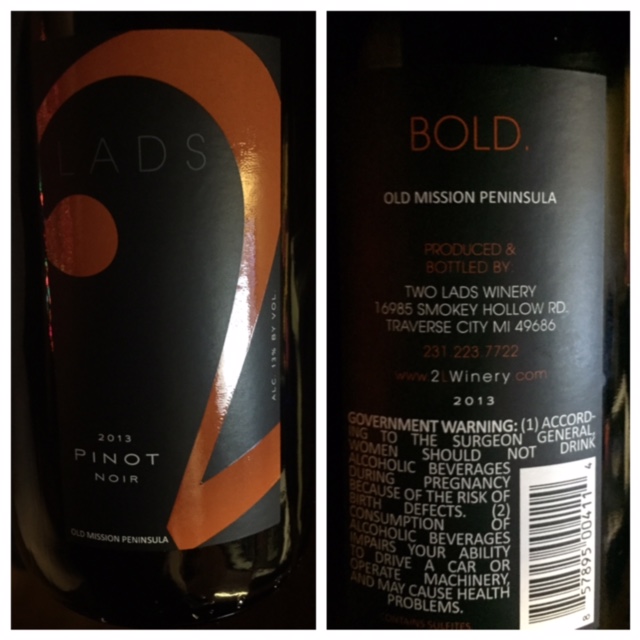
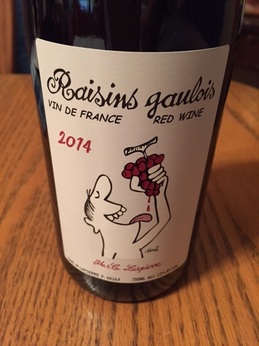
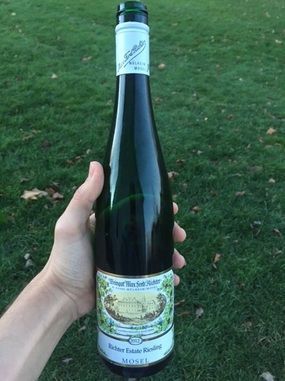
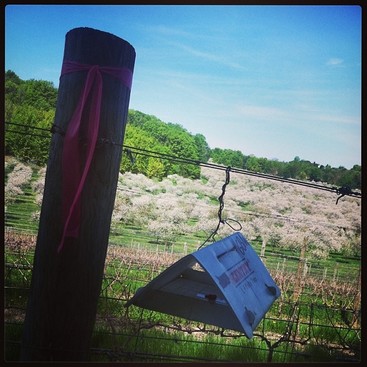
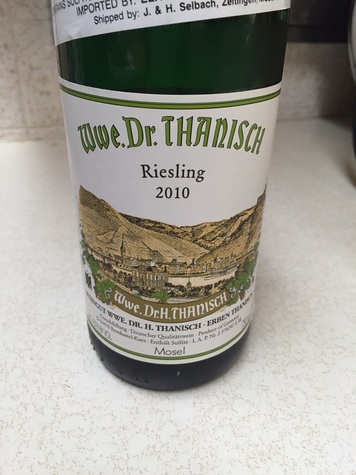

 RSS Feed
RSS Feed